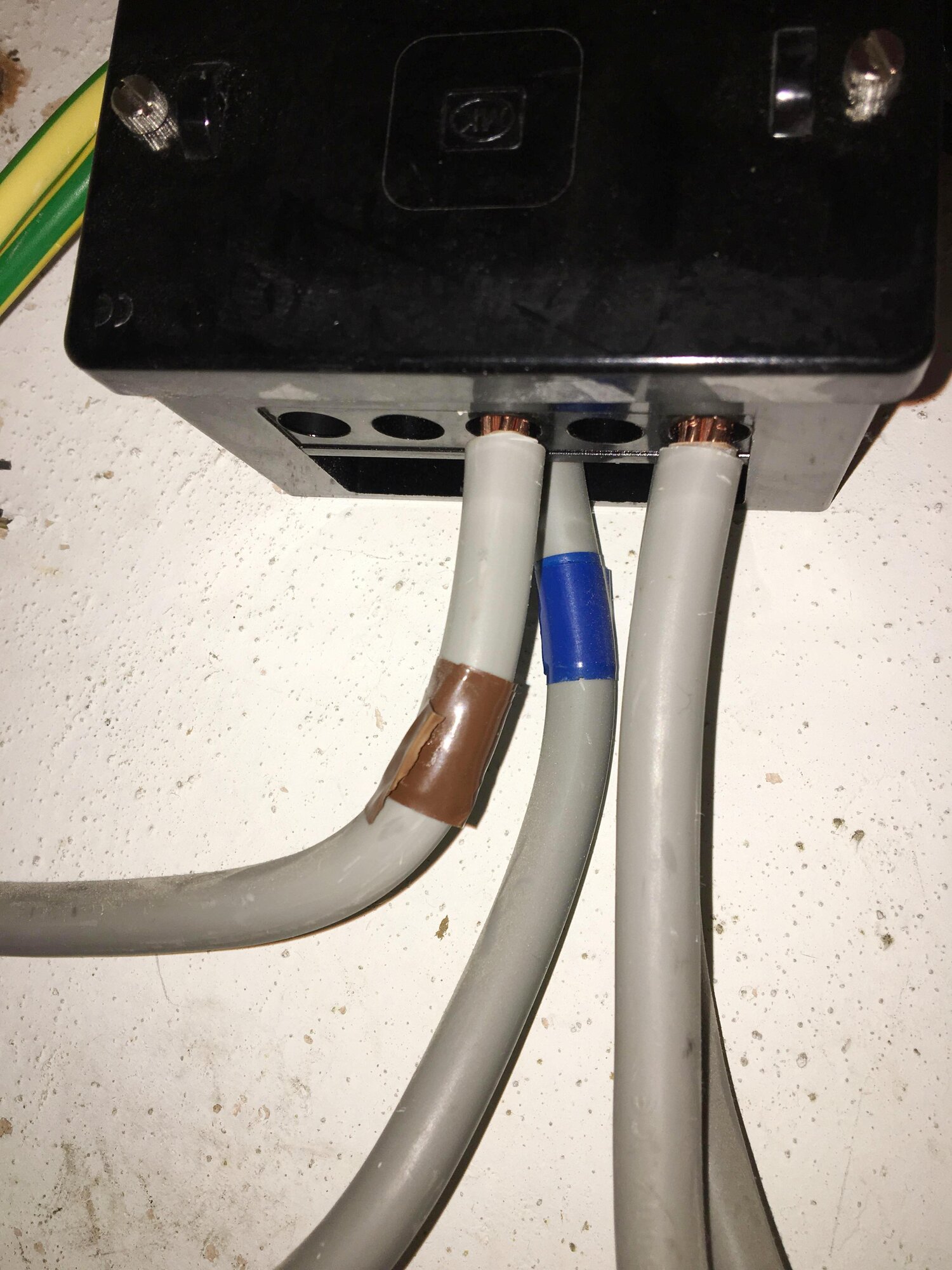I really don't think that the colour of the PVC has anything to do with how good an insulator it is. Whether the sheath has better, worse or the same insulation properties as compared with the inner insulation, I feel sure that it could be made the same colour as the inner insulation if they wanted to. I would imagine that the main reason for different colours is partially aesthetic, but mainly because it makes it much easier to see 'what one is cutting' when one is stripping it.Do you need a regulation to tell you what is good practise? The grey is a poorer quality of insulation, intended for mechanical protection. Were that not so, the whole of the cables plastic covering could be made of the same colour as the insulation.
We hear a lot about the outer sheath of insulated+sheathed cables being 'poorer quality insulation' than the inner insulation, but i wonder what that really means and, indeed, how true it actually is. Any sort of PVC has such a high dielectric strength that the thicknesses we use for insulating conductors represent considerable 'overkill' - so I suspect that the main reason for 'insulated and sleeved' is probably in case the inner insulation is damaged (or, conceivably' {and despite testing} 'congenitally defective').
I wonder if the truth is perhaps that the sheathing material has similar electric insulating properties to the inner insulation but superior mechanical properties (since it's being used primarily for mechanical protection).
Kind Regards, John


